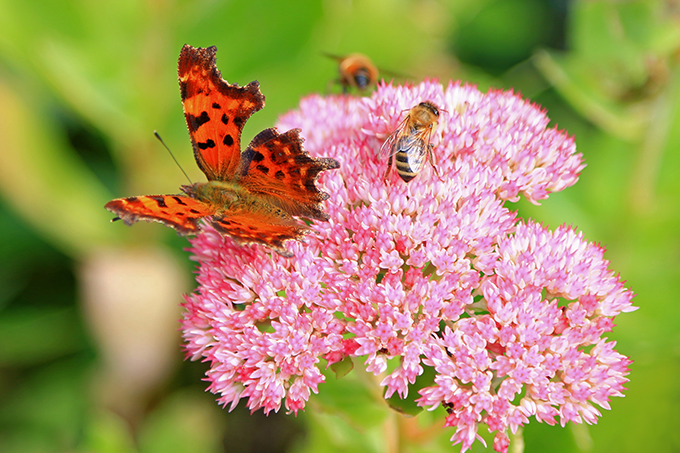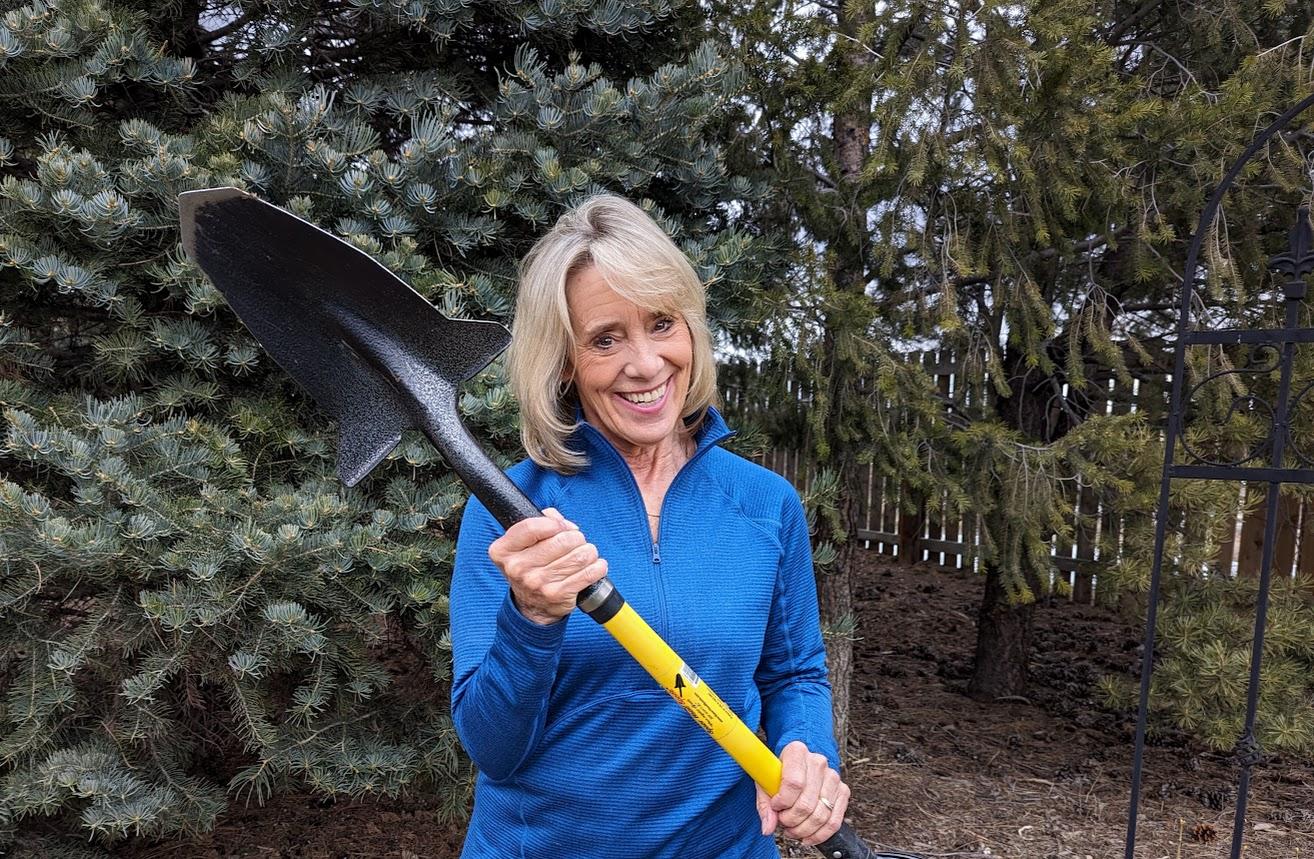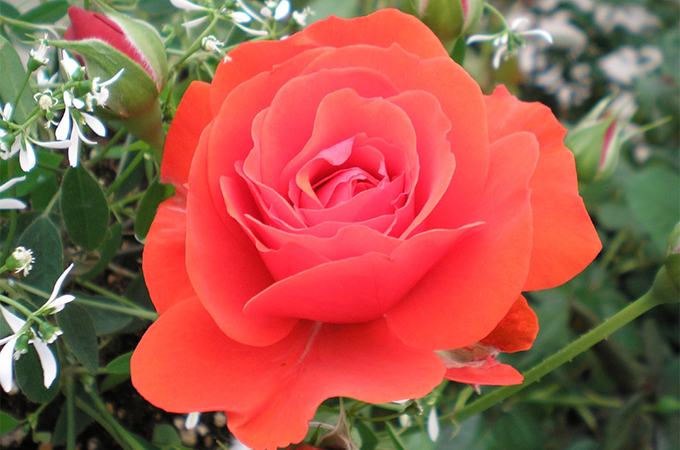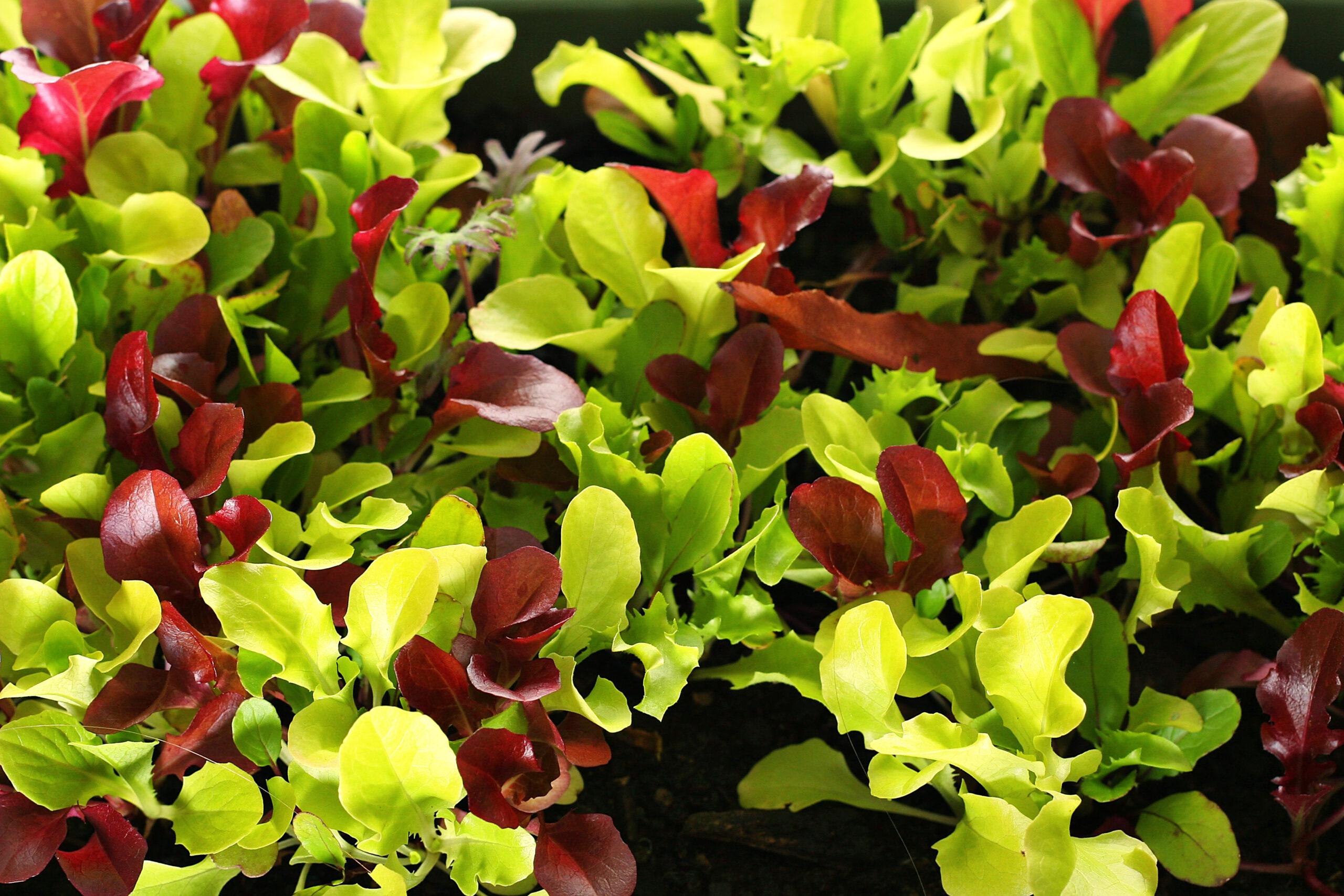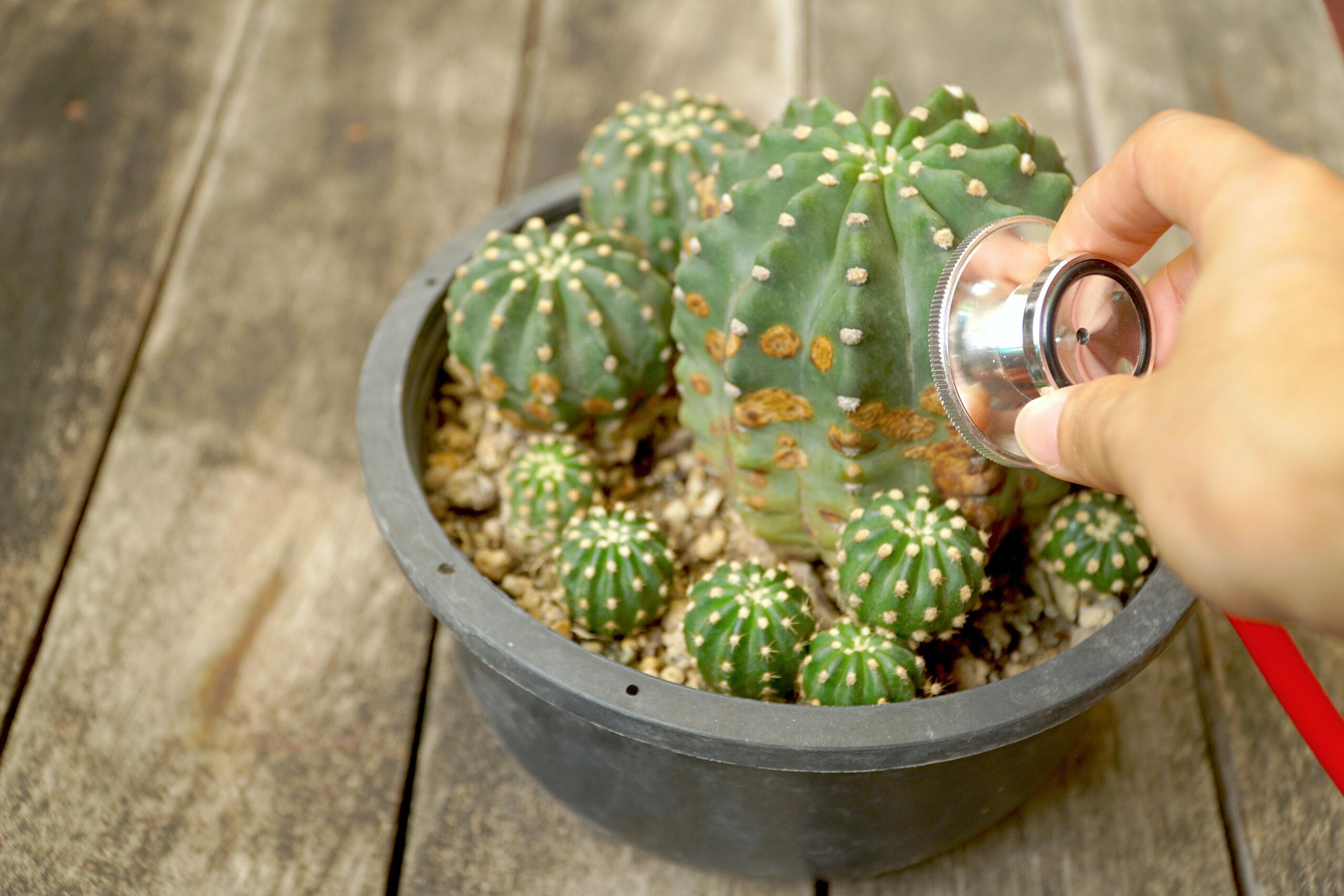Gardening for pollinators is a bit like good relations in our own families: feed them, and they will come.
And since June is National Perennial Gardening month, this seemed like the perfect time to think about our pollinator friends…. especially the bees, and the butterflies, too. There’s a long list of pollinator-friendly perennials that can thrive in Colorado gardens. Let’s look at a few of my personal favorites.
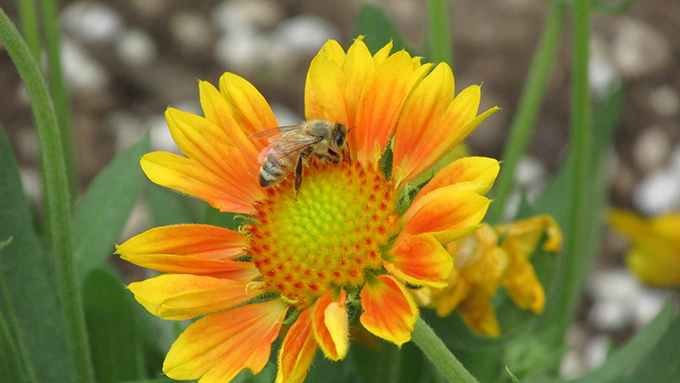
I be a beekeeper, and garden with “the girls” in mind
For the record, unless you’re a beekeeper, as I am, all of the honey bees you’re likely to see will be females…“worker bees.” Quite simply, they do all of the work to support the job of the queen and the colony as a whole, including collecting nectar and pollen. (Perhaps we can talk about “the guys” another time…)
When I refer to “the girls,” I mean the long-laboring ladies of the hive who spend their short lives looking for the best flowers they can find… the flowers with the most nutritious nectar and pollen.
Remember that Colorado has hundreds of species of wild bees, too. Big ones like the wonderfully-bumbling bumble bees…. and tiny ones that don’t look like bees at all. And they all have a job to do.
So let’s give them what they need by planting their favorite perennials!
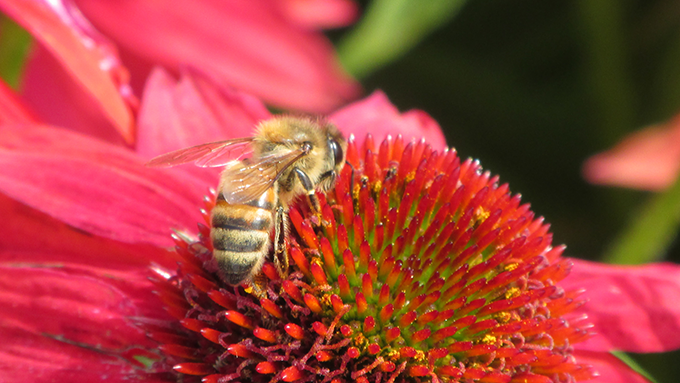
An even dozen for “the girls”
Here are twelve perennials that work for me and my “girls.” Bigger bees need bigger blossoms. Tiny bees are good at working remarkably little flowers that often appear in clusters.
Here we go.
Agastache (a.k.a. Hyssop) – A large family of plants with flowers in a variety of colors; “Carolyn’s Hope” offers beautiful, vibrant pink trumped-shaped flowers with white throats; also attracts hummingbirds
Beebalm (a.k.a. Monarda) — Lots of flowers that live up to their name; various shades of light and dark pink.
Catmint (a.k.a. Nepeta) — Always one of my top recommendations; a mound of hundreds of tiny lavender flowers; one vigorous strain also available with white flowers; will re-bloom if the first flush of flowers is trimmed
Cranesbill (a.k.a Wild Geranium) – Sky blue flowers on a loose mound of attractive green foliage; “Rozeann” is my personal favorite
Goldenrod – Graceful, upright and arching branches of tiny bold yellow flowers on the larger varieties; a late-summer favorite of “the girls”
Iris – Elegant, almost exotic blossoms often found in our grandmother’s garden; offer a big serving of pollen in mid- to late-spring; wide range of beautiful colors
Liatris (a.k.a. Gayfeather) – Tall, very upright spikes of very tiny light purple flowers
Penstemon (a.k.a. Beard Tongue) – Trumped-shaped flowers in pinks, purples, blues, reds; lots of blossoms on tall spikes; also attracts hummingbirds
Russian Sage – One tough plant with spikes of pale purple flowers in mid-summer, just when “the girls” needs it; pretty, fuzzy silver foliage; can be invasive
Sedum “Autumn Joy” – A succulent that blooms in late summer with clusters of rich dark rust-colored flowers the bees love
Thyme – Ornamental varieties grown as groundcovers (not intended as an edible) produce flowers so tiny they require a close look to see them; can be covered with bees; “Step-able” varieties planted between flagstone can stand up to light foot traffic
Yarrow – Rounded “bouquets” of very tiny flowers on the end of tall stems; “Moonshine Yellow” is as bright as it sounds; other varieties are pale yellow, dark red, burgundy; a favorite of small, native bees
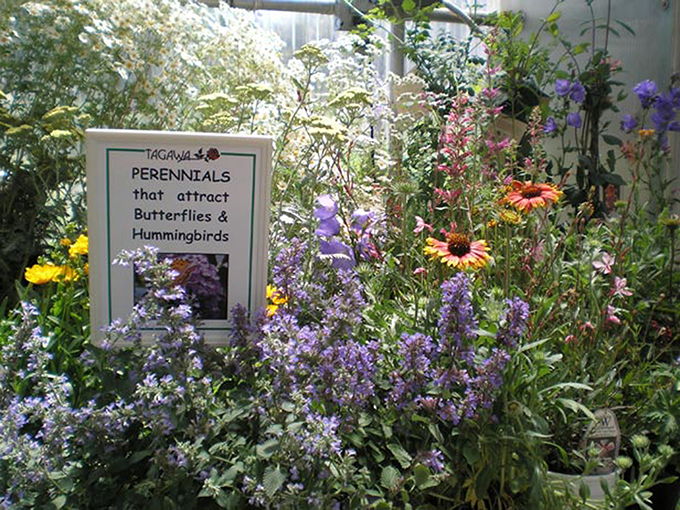
And let’s not forget some treats for the butterflies!
Aster – Beautiful, daisy-like flowers in bold purples, lilacs and pinks; a late-summer treat for the butterflies
Blackeyed Susan (a.k.a. Rudbeckia) – A real workhorse of a flower; yellow daisy-shaped flowers with black centers; makes a great show in large plantings
Butterfly Weed (a.k.a. Asclepias (Milkweed)) – The milkweed that Monarch butterflies depend on, also popular with other butterflies; vibrant orange flowers that are as attractive to us as they are to the their insect visitors
Coneflower (a.k.a. Echinacea) – Large, daisy-shaped flowers with open petals; yellow, orange, pink and burgundy; Purple Coneflower is a long-time favorite
Coreopsis (a.k.a. Tickseed) – A variety of shapes and sizes, bold to delicate yellow, some lavender; “Moonbeam” is a lovely buttery yellow with delicate-looking but sturdy foliage
Gaillardia (a.k.a. Blanket Flower) – Large flowers in combinations of yellow, red and burgundy with dark centers; offer great “landing pads” for the butterflies
Joe Pye Weed – Medium to tall plants with clusters of pink to reddish flowers that the butterflies can’t resist; excellent in large groupings
Shasta Daisy – The original “loves me… loves me not” flower; white or yellow rays leading into a large yellow center; excellent planted in large drifts or groupings
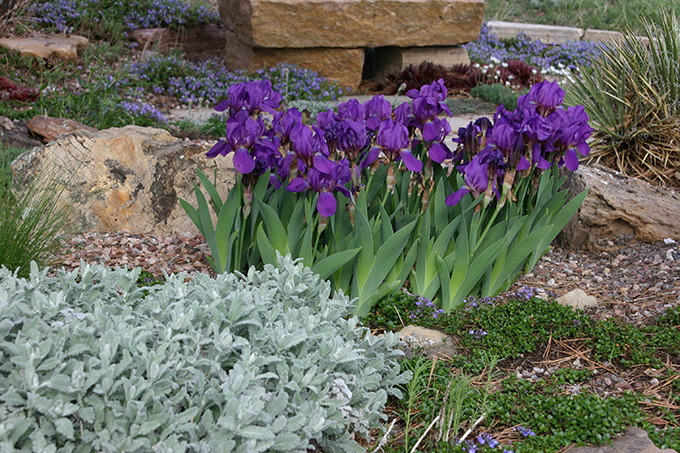
Check out Tagawa Gardens Plant Finder
Pictures, flower traits and growing requirements for all of these plants are available on the Tagawa Gardens Plant Finder on our website. Look for the little plant icon.
Please remember that our plant inventory will vary. Feel free to call our Perennials Department to ask about the current availability of a particular plant.
I think you’ll find that if you plant for “the girls,” the butterflies and other pollinators, you’ll benefit as much as they do. Now go have some fun in the garden!
More About Bees and Perennials…
Bee Good to the Bees…
